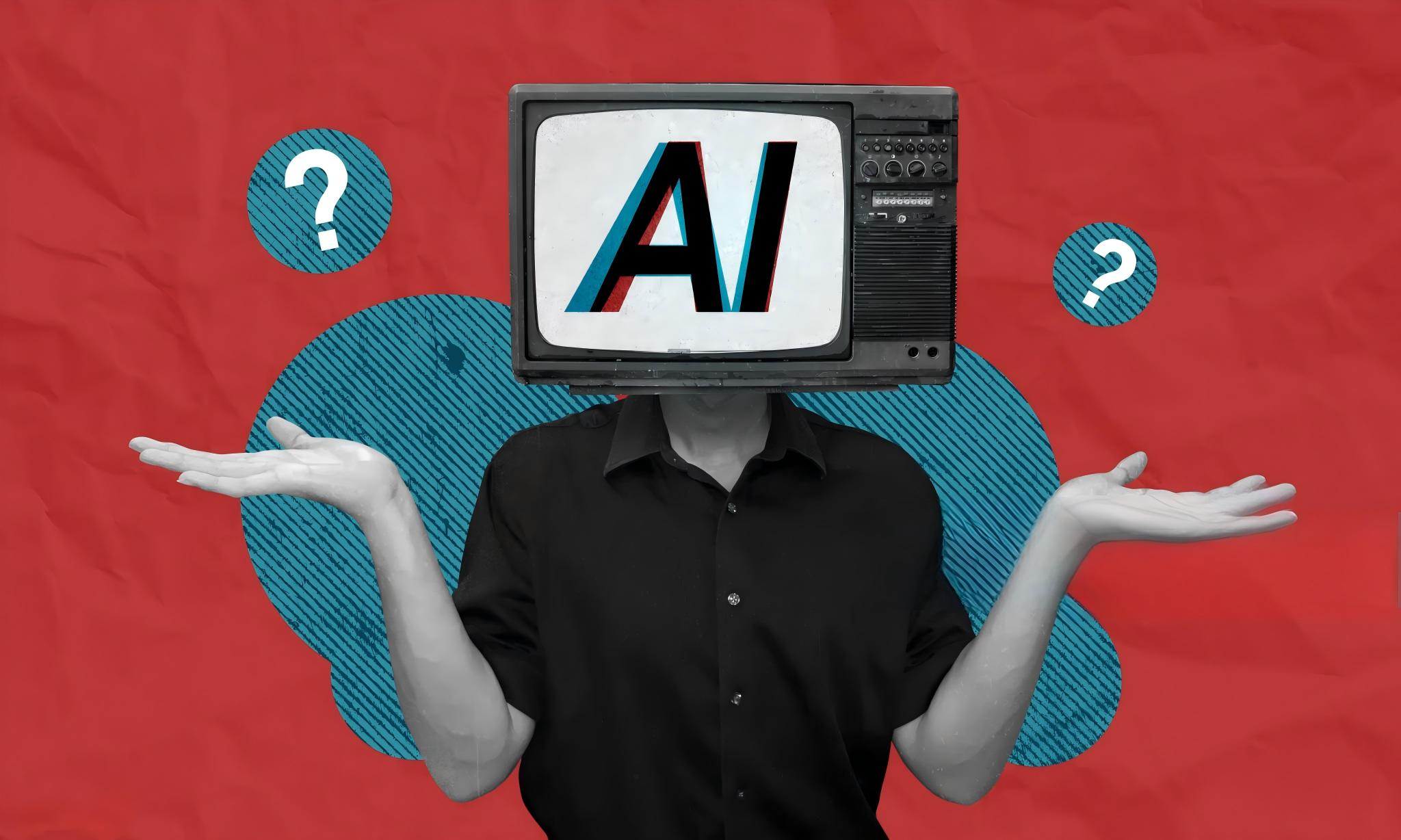The debate between synthetic speech and human narration is no longer just about quality—it is about strategy.
A few years ago, the "robot voice" was a punchline. Today, neural text-to-speech (TTS) engines can mimic pacing, intonation, and even breath. Yet, despite these technological leaps, top-tier brands continue to invest heavily in human voice talent. Why? Because while AI has mastered the sound of speech, it hasn't quite mastered the soul of communication.
For content managers and marketers, the choice isn't binary. It is about applying the right tool to the right job. Here is an objective look at when to automate your audio and when to invest in the human touch.
The Case for AI: Efficiency and Scale
AI voice generation is not a replacement for acting; it is a solution for logistics. It excels in environments defined by high volume, rapid turnover, and utility.
When to use AI Voices:
High-Volume, Low-Lifespan Content: If you are producing daily internal news briefs or social media snippets that will be irrelevant in 24 hours, AI offers unmatched speed.
Dynamic Personalization: For apps that need to say "Good Morning, [User Name]" or read out specific navigation coordinates, AI is the only scalable option.
Budget-Constrained eLearning: When converting thousands of pages of technical manuals into audio for compliance training, the cost of human recording days would be prohibitive.
Prototyping: AI is excellent for "scratch tracks"—placeholder audio used to time video edits before the final human voice-over is recorded.
The Bottom Line: AI is the champion of information transfer. If the goal is simply to move data from a screen to the ear, AI is the cost-effective winner.
The Case for Human Talent: Connection and Trust
While AI is efficient, human voices are effective.
Neuroscience tells us that the human brain is hardwired to detect subtle nuances in vocal delivery—micro-tremors of emotion, strategic pauses, and the "smile" you can hear in a voice. These are the elements that build trust.
Why Humans Remain Undefeated
Emotional Nuance and Subtext: An AI can read the sentence "I'm fine," but only a human actor can decide if that character is actually fine, or if they are holding back tears. For storytelling, audiobooks, and drama, this subtext is non-negotiable.
Brand Authority: According to recent consumer psychology studies, audiences perceive human voices as more trustworthy and authoritative. When you are asking a customer to buy a product or trust your brand, a synthetic voice can subconsciously signal "cheap" or "impersonal."
Cultural Localization: Direct translation is not enough. A native human speaker understands cultural idioms, humor, and local inflection. AI often struggles with regional dialects and the "rhythm" of a specific culture, which can alienate local audiences.
The Bottom Line: Humans are the champions of emotional resonance. If the goal is to persuade, entertain, or build a relationship, you need a heartbeat behind the microphone.
The Decision Matrix: A Quick Comparison
To help you decide, apply the "stakes vs. scale" rule:
| Feature | AI Voice | Human Voice Over |
| Cost | Low (Subscription based) | Higher (Per project/word) |
| Speed | Instant | Days (Booking, recording, editing) |
| Emotional Depth | Flat to Moderate | High (Infinite nuance) |
| Flexibility | Limited to preset styles | Directable in real-time |
| Best Use Case | FAQs, GPS, Wiki-articles | Commercials, Short Dramas, Games |
The Future is Hybrid, but Quality is King
The smartest companies are adopting a hybrid model. They use AI to handle the heavy lifting of data-heavy, repetitive tasks, reserving their budget to hire top-tier human talent for their "hero" content—commercials, video games, and brand manifestos.
However, managing this ecosystem requires more than just software; it requires linguistic expertise. Whether you are training an AI model or directing a voice actor, the quality of the output depends entirely on the quality of the linguistic data and direction.
Your Partner in Global Communication
Navigating the complexities of global expansion requires a partner who understands both the technology of language and the art of localization. This is where Artlangs Translation stands apart.
With years of dedicated experience in the language service industry, Artlangs doesn't just translate words; we adapt experiences.
Massive Linguistic Reach: We offer expertise in 230+ languages, ensuring your message lands correctly, regardless of the geography.
Human-Centric Audio: We specialize in premium multi-language dubbing for audiobooks, games, and short dramas. We provide the kind of professional human voice talent that brands need to stand out in a crowded, AI-saturated market.
Visual & Data Solutions: Beyond audio, we are leaders in video localization, short drama subtitle translation, and multi-language data annotation/transcription, helping to train the very AI models the world relies on.
In a world of synthetic noise, the most valuable asset is an authentic voice. Whether you need rigorous data transcription or a voice actor who can make an audience cry, Artlangs Translation has the experience and the resources to make the world listen.











